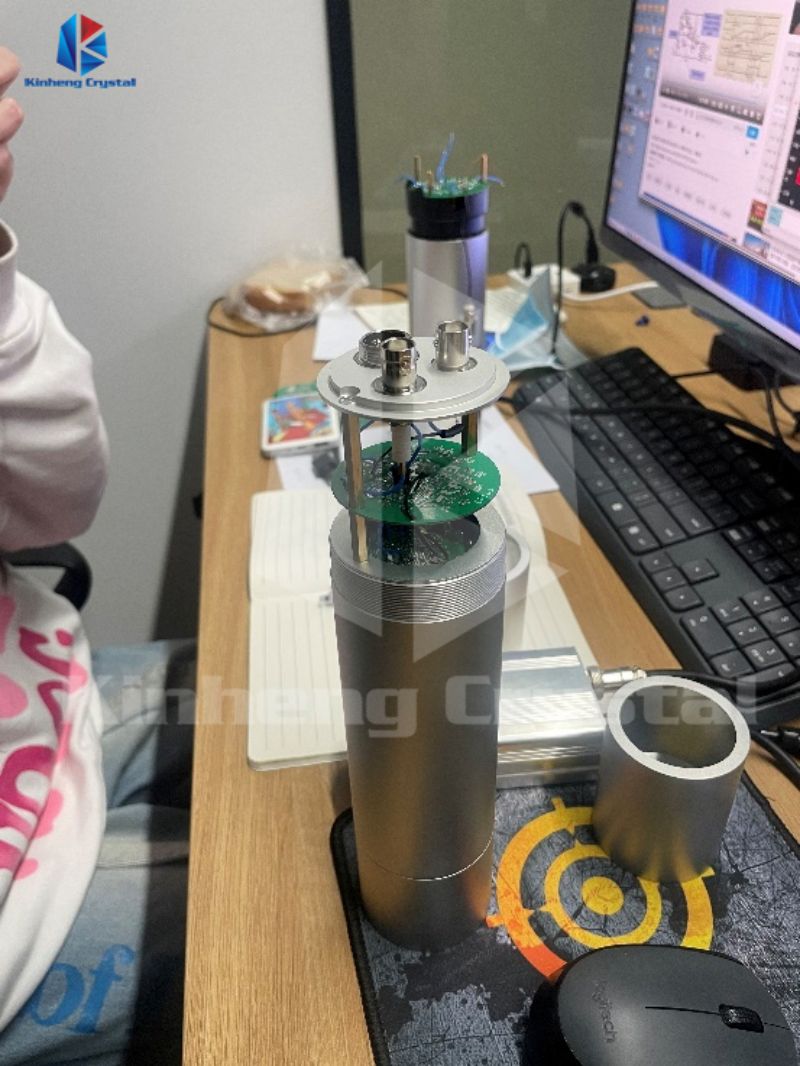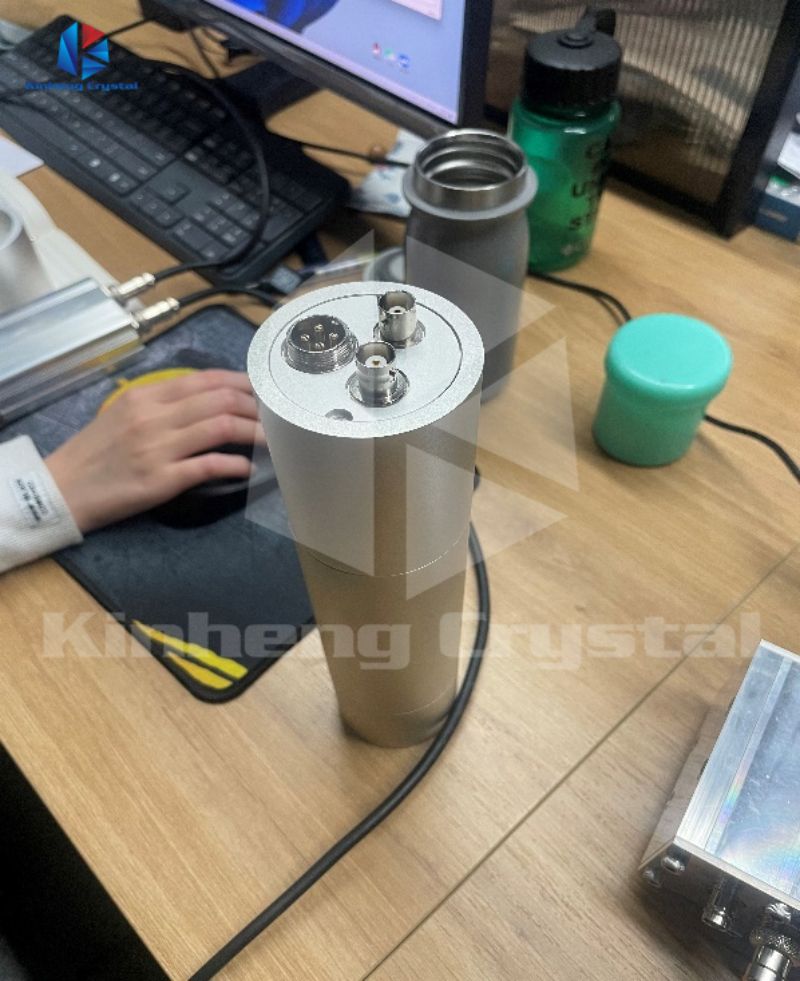Crystal scintillator detectors play a vital role in nuclear medicine because of their ability to detect and measure radiation emitted by radioactive isotopes, which are commonly used in diagnostic and therapeutic procedures.
Some of the main advantages and applications of crystal scintillator detectors in nuclear medicine include:
Imaging: Crystal scintillator detectors are important components in a variety of medical imaging equipment, including gamma cameras and positron emission tomography (PET) scanners. These detectors convert gamma rays emitted by the radiopharmaceutical into pulses of light and then into electrical signals to form images. This enables visualization and functional assessment of organs and tissues, aiding in the diagnosis and monitoring of various medical conditions.

High Sensitivity and Resolution: Crystal scintillator detectors feature high sensitivity and excellent energy resolution to accurately detect and quantify gamma rays. This is particularly important in nuclear medicine imaging, where precise radiation measurements are critical to obtain detailed anatomical and functional information.
Treatment Monitoring: In addition to imaging, crystal scintillator detectors are used to monitor the distribution and concentration of radioisotopes during targeted radionuclide therapy. These detectors help assess dose delivery to target tissue and ensure patient safety during treatment.
Research and Development: Crystal scintillator detectors are also used in the research and development of new radiopharmaceuticals and imaging technologies, contributing to the advancement of nuclear medicine technology and the discovery of new diagnostic and therapeutic methods.
Overall, crystal scintillator detectors play a vital role in nuclear medicine, enabling accurate and efficient radiation detection, imaging, and quantification to facilitate diagnosis, treatment, and research of various medical conditions.

Post time: Jan-16-2024





